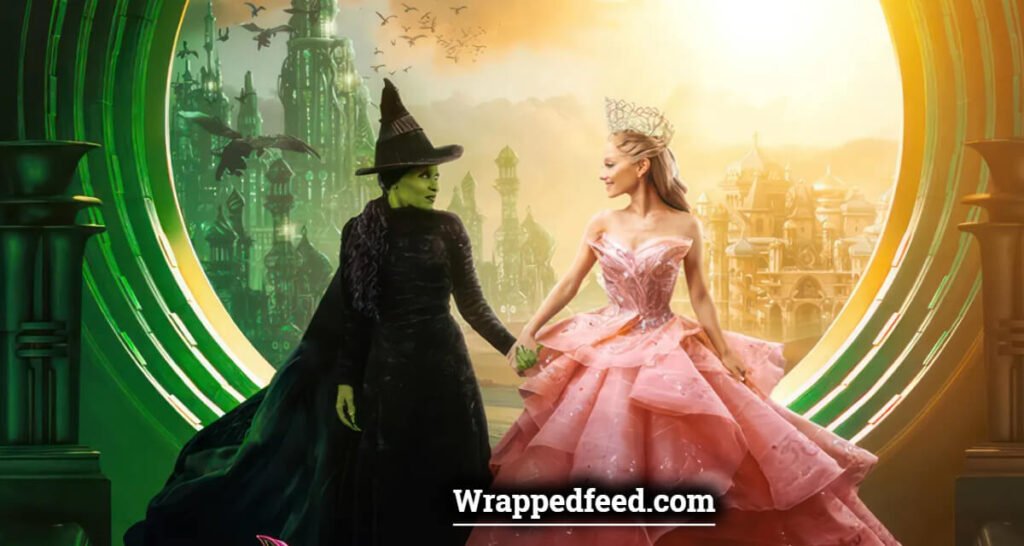The costumes in Wicked subtly convey feminist themes, highlighting empowerment, individuality, and the complexity of feminine strength through Elphaba and Glinda’s evolving wardrobes.
The Broadway musical Wicked has long been celebrated for its captivating story, dramatic visuals, and memorable characters. But what often goes unnoticed is the way in which its costume designs subtly convey powerful feminist messages. Designed by Susan Hilferty, the costumes play a key role in defining the identities of Elphaba, the Wicked Witch of the West, and Glinda, the Good Witch, while also reflecting broader themes of empowerment, rebellion, and gender roles.
Elphaba’s iconic green skin and dark, structured outfits challenge traditional notions of beauty and femininity. Far from being a typical villain, Elphaba’s costume represents her inner strength and resistance to societal expectations. The deep, bold colors and sharp lines in her dress embody a woman who refuses to conform and who embraces her individuality, even if it means being seen as “other.” This design choice is a subtle feminist statement, emphasizing that power and confidence are not dependent on meeting conventional standards of beauty or behavior.
On the other hand, Glinda’s costumes, initially full of pastels and extravagant frills, represent the traditional expectations of femininity—delicate, pretty, and charming. However, as the story progresses, Glinda’s wardrobe evolves, reflecting her growing independence and leadership qualities. The change in her costumes speaks to the broader feminist message of Wicked: women are multifaceted, and femininity should not be limited to fragile or superficial ideals. Glinda’s transformation shows that strength and femininity can coexist and that women can grow and redefine themselves on their own terms.
The contrast between the two witches highlights the range of feminine power and challenges societal norms. Through their costumes, Wicked demonstrates that feminism is not a one-size-fits-all concept. The subtle interplay between color, silhouette, and design in the costumes showcases how women can embrace their strength, beauty, and complexity without conforming to traditional expectations.
Wicked’s costume design, then, becomes a silent yet powerful advocate for the feminist ideals woven throughout the show. It underscores the importance of self-expression and empowerment, encouraging audiences to reconsider the roles women are often expected to play and to embrace a broader definition of what it means to be powerful.
Stay tuned for more insights and updates, only on Wrapped Feed!

